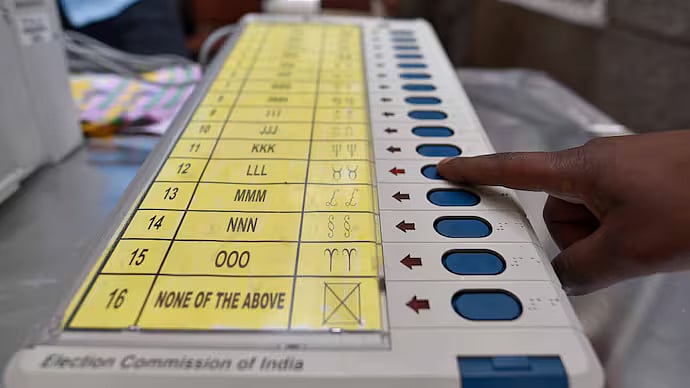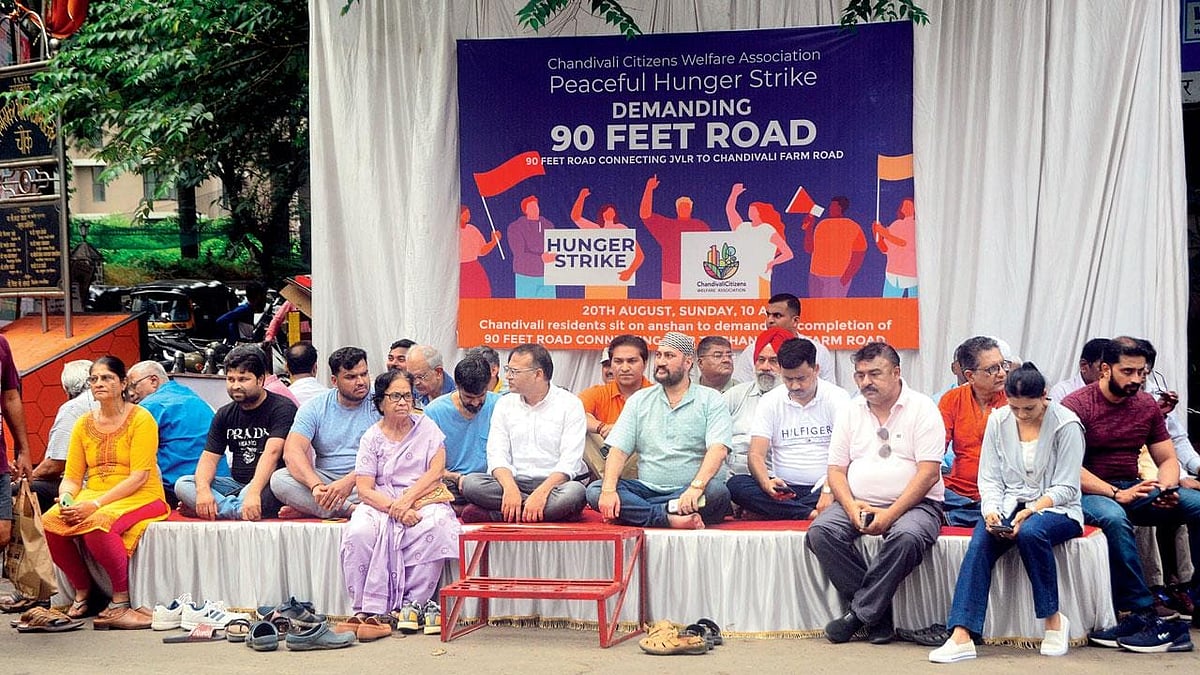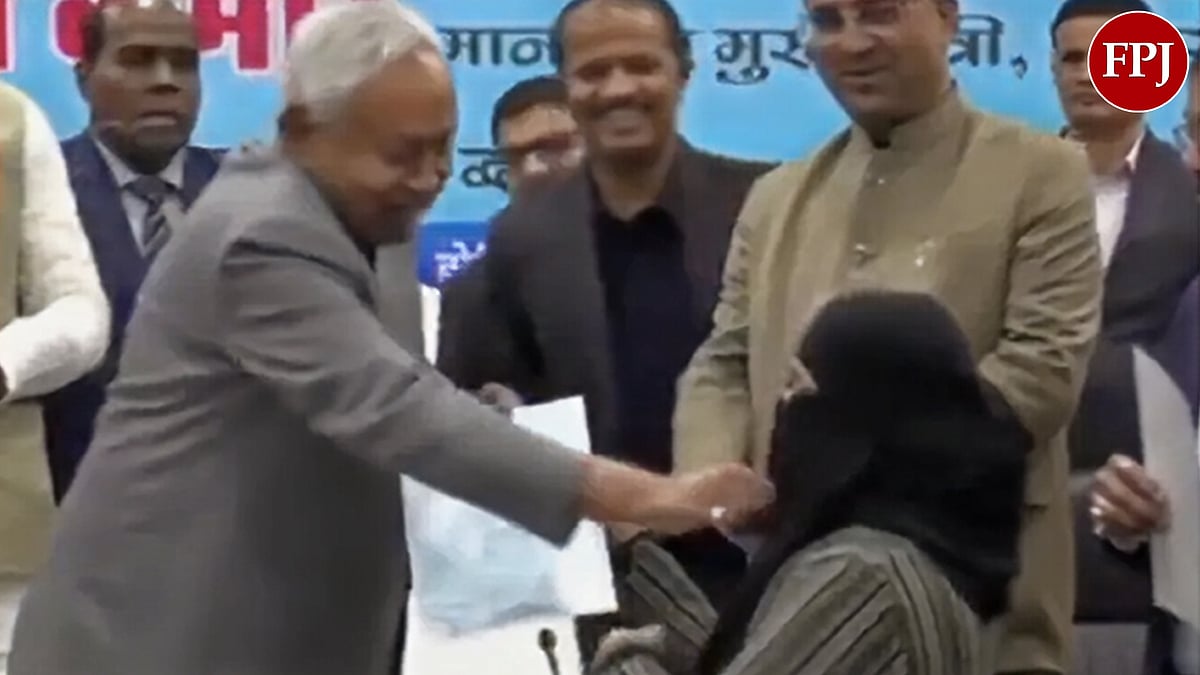The annual round of meetings that the Government traditionally holds ahead of the Budget seems to have ended with the Prime Minister’s meeting on Friday with a select group of economists with Finance Minister Nirmala Sitharaman also in attendance. While Narendra Modi emphasised ‘Nari Shakti’ as an important driver of economic growth, urging higher participation of women in the workforce, the Chinese threat and the need to reduce debt as a percentage of the Gross Domestic Product (GDP) emerged among other major concerns. In recent weeks, Ms Sitharaman has interacted formally and informally with various representatives of industry and trade as also with those representing working-class interests. Given that on Feb 1 she will present her fourth successive Budget, which may well be the last before the next parliamentary election due in April-May 2024, she will need to strike a healthy balance between prudent management of the economy and the need to please key sections of the electorate, especially as the current year will witness eight state elections.
Indeed, given that Karnataka, Madhya Pradesh, Rajasthan, Chhattisgarh and Telangana, among others, are to elect new Assemblies in 2023, there is an apprehension that electoral concerns might overwhelm sensible budgeting. Fortunately, the economy is in fine fettle, having weathered the two-year Covid-19 pandemic without excessive distribution of freebies aside from universal inoculation of the population and distribution of grain from the countrywide network of fair-price shops. With prudent management of the economy, Ms Sitharaman has created a fiscal space of Rs97,000 crore this year which may come in handy in the pre-election year. That the share markets are doing fairly well despite recession in Western economies underscores the strength of India’s economy which, according to the World Bank, is likely to grow by 6.6% this fiscal. How creditable that is can be gauged from the fact that the E.U. countries will register zero growth this year while the U.S. may register a paltry 0.5% growth. The growth registered in the first six months was 9.7%, due partly to a lower base in the pandemic-hit previous year. If the economy registers 4.6% growth in the second half of 2022-23, it will not be hard to grow by 7% in the full year. In other words, India’s economy is in a good place despite the pandemic and the sky-high energy prices following the Russian invasion of Ukraine.
Therefore, the Finance Minister might be in a position to address the grievances of the middle class which felt neglected in her last budget. That the urban middle class tends to support the BJP, accounts for a substantial chunk of the population and helps to form public opinion may be another reason for her to provide relief to this vital segment. Areas for giving relief to the middle class are many but the Finance Minister ought to principally relax further the tax exemptions on housing loan interest and payment of health insurance premium, pensions and annuities. Indeed, the general tax-exemption limit ought to be revised upwards from the present Rs2.5 lakh for general category taxpayers and Rs3 lakh for senior citizens, given the consumer price inflation in recent years. For the same reason, there is a case for doubling the standard deduction of Rs1.5 lakh fixed in 2014 under Section 80C of the Income Tax Act.
Though the annual Budget is an account of the state of the nation’s finances, it is never devoid of political signalling, the need for which becomes stronger in an election year. Annual budgets also indicate the direction and thrust the government desires the economy to take. Hopefully, there will be no return to protectionism, while all reasonable incentives are given to foreign capital increasingly shifting manufacturing from an uncertain China to set up base here. Meanwhile, it is unclear whether a full-fledged annual budget can be presented on Feb 1, 2024, given that in two or three months the country will elect a new Parliament.









